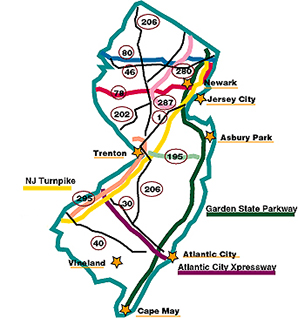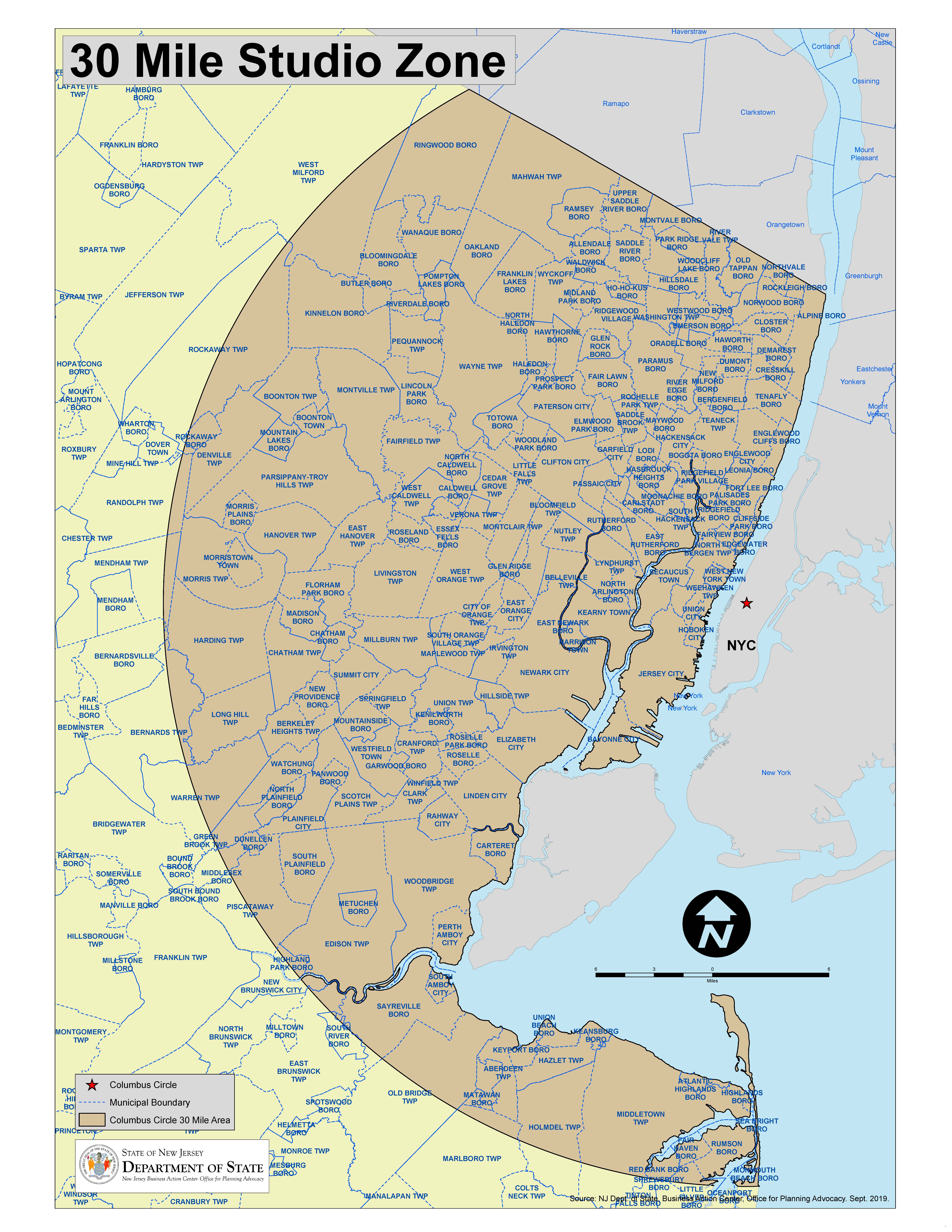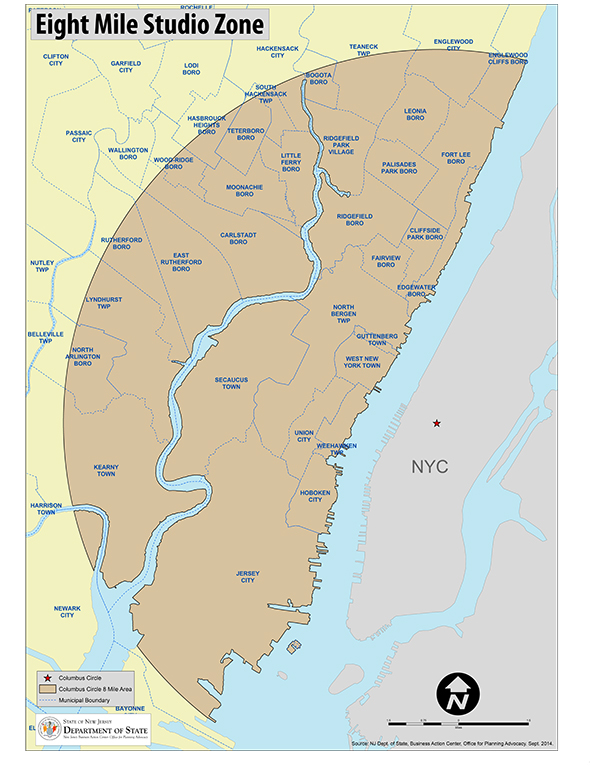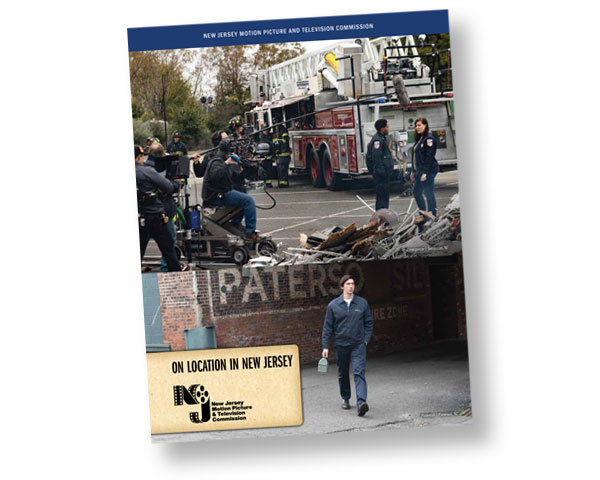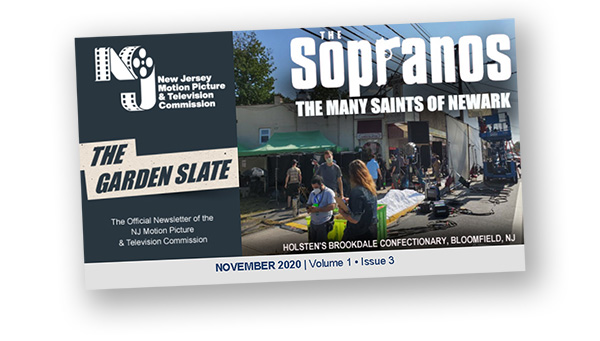Airports
NEWARK INTERNATIONAL AIRPORTis the largest commercial airport in the state. Domestic flights emanate from Terminals A, B and C, international flights
leave from Terminal B exclusively. The airport is accessible from the New Jersey Turnpike (Exit 13A or Exit 14) and Route 1. For more information, contact:
Newark International Airport
Newark, NJ 07112
801-401-2200
TETERBORO AIRPORT also handles commercial air traffic. For more information, contact:
Teterboro Airport
399 Industrial Avenue
Teterboro, NJ 07608
732-288-1775
ATLANTIC CITY INTERNATIONAL AIRPORT services Atlantic City and South Jersey. Airlines operating at the airport include:
Spirit Airlines, 1-800-772-7117
Delta, 1-800-221-1212
For more information, contact:
Atlantic City International Airport
Tilton Road
Pomona, NJ 08240
609-645-7895
Rail
NJ TRANSIT provides extensive rail commuter service throughout Northern New Jersey and along the Jersey shore. For more information, contact:
NJ Transit
1 Penn Plaza East
Newark, NJ 07105
Check NJ Transit Schedules on New Jersey Online
800-772-2222 (Northern NJ information)
973-762-5100 (Northern NJ information from out of state)
800-582-5946 (Southern NJ information)
215-569-3752 (Southern NJ information, from Pennsylvania)
800-582-5946 (Atlantic City information)
Northeast Corridor Line -- serves New York, Newark, New Brunswick, Princeton and Trenton
North Jersey Coast Line -- serves New York, Newark, Red Bank, Long Branch, Monmouth Park and other shore locations
Morris & Essex Lines -- serves Hoboken, Newark, Montclair, the Oranges, Bernardsville, Summit, Morristown and Dover
Atlantic City Line -- serves southern New Jersey
Raritan Valley Line -- serves Newark, Westfield, Somerville, Raritan, High Bridge
Main/Bergen Line
Pascack Valley Line
Boonton Line
AMTRAK trains travel through New Jersey along the Northeast Corridor, between New York City and Philadelphia.
Rail service is also available between Philadelphia and Atlantic City. For more information about Amtrak service, call 800-USA-RAIL.
PATH service runs between Newark, Harrison, Jersey City, Hoboken and Manhattan. For more information, contact:
PATH
1 Path Plaza
Jersey City, NJ 07306
201-963-2558
1-800-234-PATH
PATCO train service runs between Philadelphia and Lindenwold, with New Jersey Transit connections to Atlantic City, Wildwood and Cape May.
For more information, call 609-772-6900.
Bus
NJ TRANSIT runs extensive bus service throughout the entire state. For more information, contact:
NJ Transit
1 Penn Plaza East
Newark, NJ 07105
Check NJ Transit Schedules on New Jersey Online
800-772-2222 (Northern NJ information)
201-762-5100 (Northern NJ information from out of state))
800-582-5946 (Southern NJ information))
215-569-3752 (Southern NJ information, from Pennsylvania)
Private bus lines also run service in various areas of the state:
Academy
50 Route 26
Leonardo, NJ 07737
1-800-624-0316
(Asbury Park to Port Authority, NYC) |
Amboy Coach, Inc.
P.O. Box 758
South Amboy, NJ 08879
1-732-721-1578 |
Boro Buses Company
445 Shrewsbury Avenue
Shrewsbury, NJ 07702
732-741-0567 |
C&C Carriage
Sewell, NJ
609-468-1129 |
Community Coach Tours
315 Howe Avenue
Passaic, NJ 07055
1-800-522-4514 |
Domenico Bus Service
71 New Hook Access Road
Bayonne, NJ 07002
732-339-6000 |
Greyhound Trailways
Penn Station
Newark, NJ 07102
973-642-8205 |
Middlesex Bus Lines, Inc.
15 6th Street
East Brunswick, NJ 08816
973-257-6400 |
Monmouth Bus Lines, Inc.
809 3rd Avenue
Asbury Park, NJ 07720
908-774-7780 |
Princeton Airporter
25341 East State Street
Trenton, NJ 08619
609-587-6600 |
Shortline
17 Franklin Turnpike
Mahwah, NJ 07430
732-529-3666 |
Starr Transit Company
2531 East State Street
Trenton, NJ 08619
609-587-0626 |
 Official Site of The State of New Jersey
Official Site of The State of New Jersey
